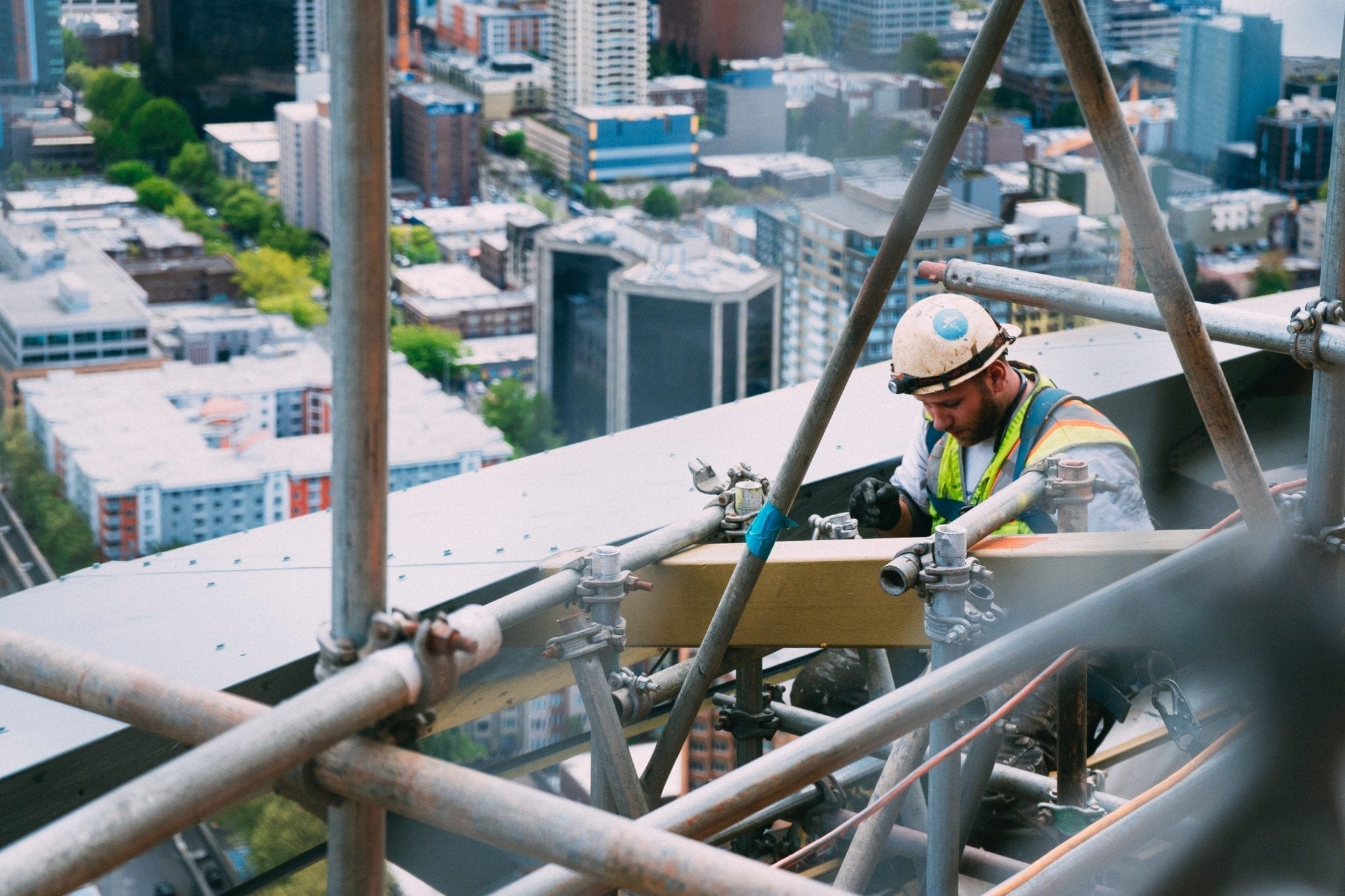The best way to manage construction site accidents is to take preventative measures before accidents happen.
Construction sites are incredibly dangerous spaces, and the people who work there must be very careful while doing their jobs. One false move and you could have multiple injured workers. As towns and cities expand, construction sites crop up to provide new offices, homes, and public works. Construction sites are common nowadays, and injuries are more frequent than you might think.
Injuries on construction sites commonly come from using power tools or heavy machinery. Sometimes these tools are used improperly, or they are defective. Other times, construction site accidents stem from the condition of the site itself. Hazardous work sites are breeding grounds for accidents. Depending on their state of residence, an injured construction worker might have several legal options after suffering a work-related accident.
After being injured on a construction site and getting necessary medical attention, you should contact an attorney who has experience with construction accident lawsuits. It is normal for injured workers to feel responsible for their injuries and therefore decide against legal action. However, a construction injury attorney can help you determine who is truly at fault for your accident.
Construction Site Injuries Involving Tools and Equipment
Many construction-related injuries come from the tools and equipment used by workers. Even ordinary, low-tech tools like a hammer and nails can cause a significant injury. In some cases, the injury is caused by a worker misusing the tool. Other times, the tool is defective, unbeknownst to the worker using it.
Minor injuries might include hurt hands and fingers. Construction workers rely on their hands to do nearly every aspect of their job. This means that a worker’s hands are constantly at risk for injuries from using dangerous equipment. It is quite common for construction workers to smash their fingers with a hammer or be cut by sharp tools like nails or saws. Even a minor scratch can become serious if it gets infected. Not to mention, an injured hand could put a construction worker out of commission for a while, thereby costing them valuable income.
Larger tools like circular saws, power sanders, or nail guns pose a much greater risk. Many of these tools are high-powered pieces of equipment that require skill and precision. For example, when using a circular saw, a worker must be mindful of where they place their hands and the presence of anyone else near the saw. Simply bumping into someone using a circular saw could spell disaster. Larger pieces of equipment also mean greater injuries. Construction workers have been known to lose entire limbs in accidents involving bigger equipment.

Heavy machinery, including forklifts, cranes, and bulldozers, is especially dangerous. These tools are so large that they often dominate the entire construction site. The worker operating the machinery is not the only one who must exercise caution. A negligent worker who absentmindedly wanders into the path of a forklift could cause a major accident. Accidents involving heavy machinery have been known to involve injuries so serious that the worker does not always survive.
Construction Site Accidents Caused by Unsafe Work Conditions
Construction sites must be kept safe for the benefit of the people working there. Even highly skilled workers using an abundance of caution in their work can be injured if the construction site itself is unsafe. Depending on the work is being performed on the site, there could be any number of hazardous conditions.
One of the most common injuries on construction sites involves falling accidents. Construction workers are frequently found on rooftops or atop high scaffolding. Even being on an upper floor in a new building with no windows installed yet is dangerous. Slippery surfaces, unbalanced scaffolding, or uneven floors are likely to cause serious falls.
Many workers find themselves injured when they are caught in between large equipment or construction material. For example, a forklift operator might be moving a large pallet of drywall and accidentally pin another worker against a wall, trapping them or even crushing them. Construction sites must have protocols for when heavy machinery is being operated or large materials are being moved around. Otherwise, workers could be caught between or underneath the equipment.
Where live wiring is exposed, there is a risk of electrocution and burns. This injury can be very serious and is often caused when the wiring in a new construction project is exposed and live. Ordinarily, exposed wiring should not be live and disconnected from a power source while under construction. If the wiring must be live, workers should be properly warned.
Determining Liability for Construction Site Accidents
After a construction site accident, an injured worker should seek immediate medical attention. It would also be wise to consult with a lawyer about legal options and liability. Construction site injuries can be very costly and may take a long time to heal fully. Injured workers are frequently left with expensive medical bills and no way to pay because they cannot return to work.
Workers’ compensation might be available depending on your state. Some states bar construction workers from suing their employers if they are eligible for workers’ compensation. One upside to workers’ comp is that it often does not look at issues of fault. A construction worker could be totally responsible for their own injuries and still receive a workers’ comp payout.
Unfortunately, workers’ comp is often unavailable for independent contractors, and many construction workers who do independent contract work are ineligible. However, that often means that these workers are free to sue whomever they like. Some states, like New York, include independent contractors under the workers’ compensation system, so they cannot sue either. However, in states with that kind of system, there are often more excuses that allow injured workers to sue regardless of their status as a contractor.
Most accident cases are based on negligence. Although, intentional torts are not outside the realm of possibilities. Speak to a personal injury lawyer to figure out who should be held liable for your injuries.
Preventing Construction Site Accidents Before They Happen
The best way to manage construction site accidents is to take preventative measures before accidents happen. The Occupational Safety and Health Administration (OSHA) is a federal organization that regulates working conditions for a vast array of industries, including construction. Construction workers can speak to their local OSHA representatives about what a safe construction site should look like and what to do if they notice safety violations.


Join the conversation!